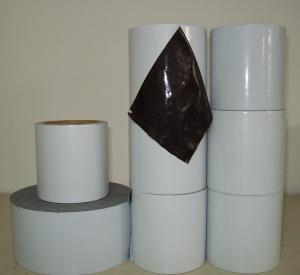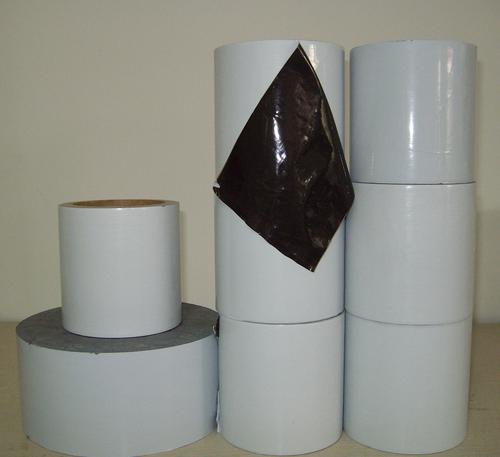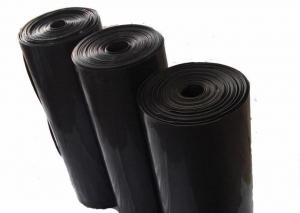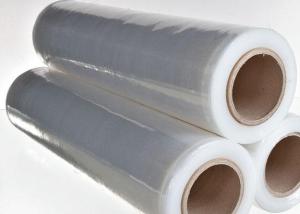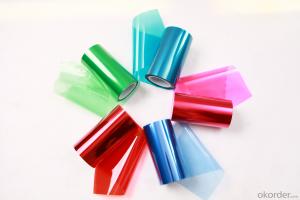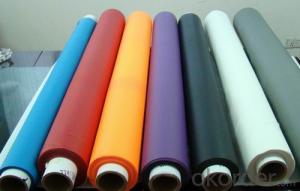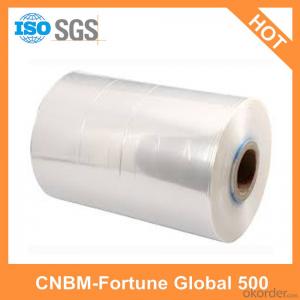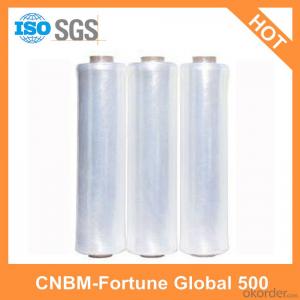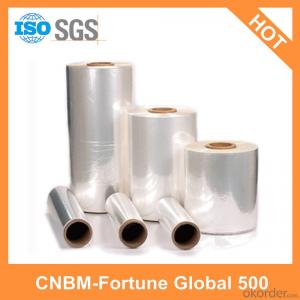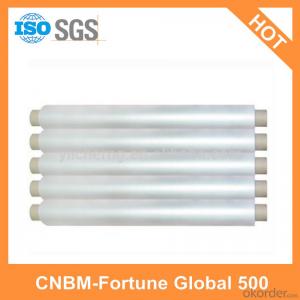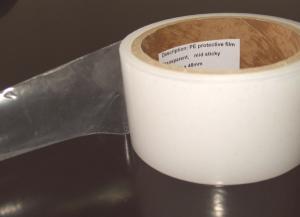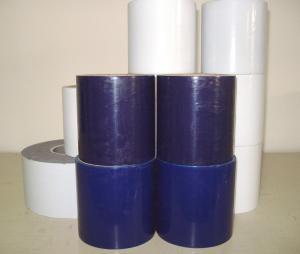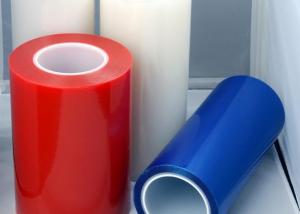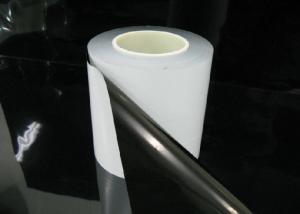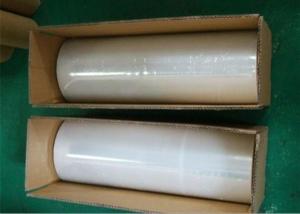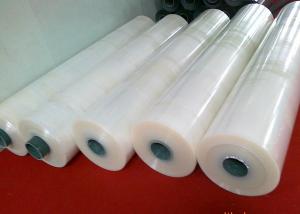Made in China PE protective flim HN-80B
- Loading Port:
- China Main Port
- Payment Terms:
- TT OR LC
- Min Order Qty:
- -
- Supply Capability:
- -
OKorder Service Pledge
Quality Product, Order Online Tracking, Timely Delivery
OKorder Financial Service
Credit Rating, Credit Services, Credit Purchasing
You Might Also Like
Backing: LDPE film
Adhesive: Water based acrylic
Total Thickness (adhesives + carrier):80+10%micron
Colour: Black & White
Density 0.95g /cm3
Tensile Strength (Long): >18N/25mm
Tensile Strength (Trasv): >13N/25mm
Adhesion (to stainless steel):150g/25mm
Elongation at break-MD: >200%
Elogation at break-CD: > 350%
Static Shear 23 DC: >48 hours
Storage: 35 DC
Humidity: 80%
Shelf: 6 months
Diameter: 76mm, 38mm
Packing: seaworthy package
Lead time : 30 days for 1 x 20 GP
- Q: How to remove the layer of protective film on wooden door?
- There are many ways. For example, wiping the film off with lacquer thinner or heating it with electric hair drier. We used electric hair drier. It works well. We also used alcohol when we tear off the third layer of film. The effect is good too.
- Q: What kind of film is covered with a protective film on the tile surface?
- A protective film covering the surface of a ceramic tile is a PE protective film.PE, the full name of Polyethylene, is the simplest polymer organic compound. It is the most widely used polymer material in the world today
- Q: The ways to remove the protective film on household appliances
- Using the dedicated detergent for washing air conditioning (for example "Dichen" that is used when there's too much greasy dirt in the air conditioning that the refrigeration is affected. The effect is pretty good.) Such dedicated detergent is sold in refrigeration parts store.
- Q: How to clean the aging protective film sticked to the steel door?
- Chemicals will damage the steel plate! 1. Scrubing the door using hot water with washing powder. 2. I don' t know what metarial the surface of the door is made from. Thus I don't know the film can be cleaned by knife. 3. Using chemical reagent: lacquer thinner which is sold everywhere. By the way, you can heat the film with lighter to make its edge curl, which will make it easy to tear the film off. It won't damage the steel plate.
- Q: Generally, what processes are needed when producing finished protective films? ?
- According to materials, protective films can be classified into PET film, PE film, PVC film, PP film (including OPP and CPP films), etc. This is common way used in industry. Apart from this, some also classify the films according to things like adhesion, thickness, colors as well as the ways of use. As for their use, protective films are used during production, processing and packaging of the finished products. The key point is to see what the clients use these films for. It's determined by the processing of the clients. All in all, the clients use the films to protect their products from scratches, dirt and moisture and to impove the quality and competitiveness of their products.
- Q: Especially the flat screen, not the kind of concave down, how do not stick askew, and no bubbles; in the screen paste slightly smaller than the screen situation, and how to start?
- 2, and then determine the direction of the paste, and tear the small part marked "step1" off the film, ready to paste.In 3, when the first tear paste, part of the "release film" at the screen up, then side welt tear, until completely stuck.
- Q: The way to distinguish acrylic glue from silica gel.
- Most of the PET protective films we use are coated with silica gel. Compared to acrylic glue, silica gel is much widely used. For example, the PET protective films that are commonly used on screen is required to be coated with silica gel. Besides, the temperature that silica gel could bear is higher than that acrylic glue could. Acrylic glue is mainly used in packaging of high-light products or used as the switch of thin film. It's quite cheap and convenient. When we buy a roll of PET protective film, how can we know whether acrylic glue or silica gel is used in it? The simplest and fastest way is to scratch the adhesive side of the film. If there is no glue or powder, then it's silica gel, otherwise it's acrylic glue. Therefore, silica gel is also called "glue with no powder". The manufacturer who use adhesive PET protective films can use this method to know whether acrylic glue or silica gel is used in the film they are using.
- Q: Excuse me, the protective film on standard door has what method to clean up?
- Excuse me, the protective film on standard door has what method to clean up?
- Q: The protective film on the handle of the household appliance is pressed too tight to tear it off. How to remove it?
- Try to turn the metal bearer of the sofa or bed to the left at first. If it won't work, you can take a more detailed photo of it.
- Q: What is the explosion-proof tempered glass protective film?
- There's no such film. Anti-explosion and tempered means to apply glue to two or more pieces of original glass after they are tempered. And pressing these tempered glass using PVB film at high temperature to make them sticked to each other. In this way, the glass won't fall off because of the glue when the glass is broken. This is what anti-explosion means. In fact, protective film is just a layer of transparent plastic film that is about 0.38mm thick.It's okay to use a single piece of it. But there's no need to use it on glass. If you insist on using it, the money you spend will double or increase more.
Send your message to us
Made in China PE protective flim HN-80B
- Loading Port:
- China Main Port
- Payment Terms:
- TT OR LC
- Min Order Qty:
- -
- Supply Capability:
- -
OKorder Service Pledge
Quality Product, Order Online Tracking, Timely Delivery
OKorder Financial Service
Credit Rating, Credit Services, Credit Purchasing
Similar products
Hot products
Hot Searches
